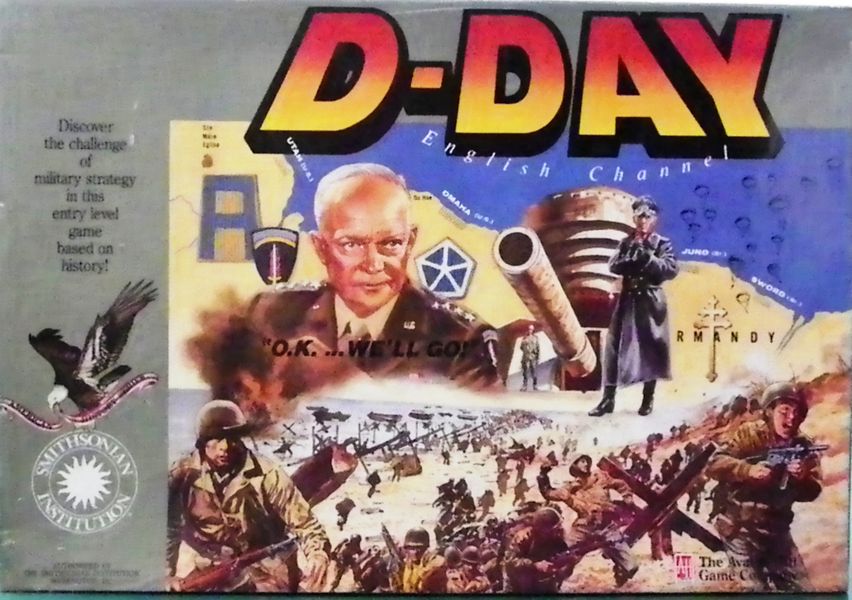D-Day is a board game that simulates the historic Normandy landings of World War II on June 6,
Designed by George I. Parrish, Jr. and published in 1991 by The Avalon Hill Game Co, it allows players to recreate the intense strategic decisions and tactical maneuvers that characterized this pivotal moment in history.Game Components of D-Day
Game Board: Representing the Normandy beachhead and surrounding areas.Counters: Allied and German units, including infantry, armored, and parachute units.Rulebook: Detailed instructions on gameplay mechanics.Combat Results Table: A table used to resolve battles.Dice: For determining combat outcomes and other random events.Invasion Charts: To determine the number and placement of invading units.
How To Setup D-Day
To set up the game, players first place German units according to the scenario’s setup instructions. The Allied player then determines the invasion area, which can be randomized for solo play by rolling dice. Once the invasion area is decided, the Allied units are placed according to the invasion charts. The game includes various scenarios, each with its own setup rules to reflect different historical conditions.
Gameplay Mechanics and Game Objective
Turn Structure: Alternating turns between the Allied and German players.Movement: Units can move a specified number of hexes, restricted by terrain.Combat: Resolved using the combat results table, where attack and defense factors are compared.Zones of Control: Units can block movement into adjacent hexes.Objective: The Allied player aims to secure key beachheads and objectives, while the German player seeks to repel the invasion.
Player Experience
Playing D-Day can be a challenging and immersive experience, especially for fans of historical wargames. The game requires strategic planning, particularly in managing the initial landings and subsequent battles. The solo play option adds a layer of randomness, making each scenario replayable.
Pros
Historical Accuracy: The game is praised for its historical fidelity.Replayability: Different scenarios and randomized invasion areas offer multiple playthroughs.Simple yet Engaging Mechanics: The rules are relatively straightforward, making it accessible for new players.Educational Value: Players learn about the strategic and tactical challenges of the D-Day invasion.
Cons
Complexity for Beginners: While the rules are simple, the game’s depth can be overwhelming for new players.Lengthy Gameplay: Scenarios can take several hours to complete, especially when playing all the turns in one session.Limited Player Agency in Early Stages: In some scenarios, like Omaha Beach, the early stages can feel scripted with limited player agency.
Personal Thoughts on D-Day
D-Day is ideal for those interested in World War II history and hex-and-counter wargames. It serves as a good introduction to the genre due to its relatively simple rules and historical context. However, it may not be the best fit for casual gamers looking for quick, light-hearted experiences. For those willing to invest time and effort, D-Day offers a rich and rewarding gaming experience.
We are supported by our audience. When you purchase through links on our site, we may earn an affiliate commission, at no extra cost for you. Learn more.

